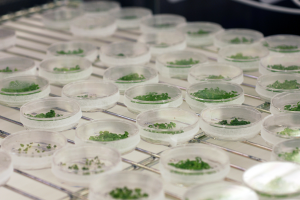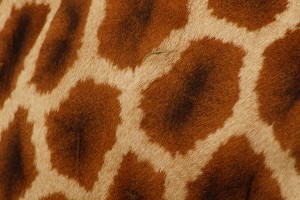Fathers can breath a sigh of relief. Although biologists have found cuckolding, where one male unwittingly raises the offspring of another male, is common in animal societies, it appears humans are one of the few exceptions.
A recent review published in Trends in Ecology & Evolution on 5th April claims that across modern and ancient human societies, women tended to be faithful to their partners.




